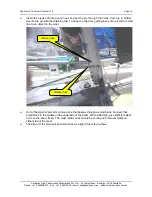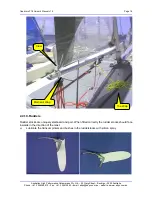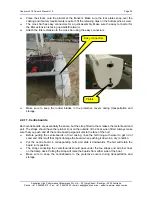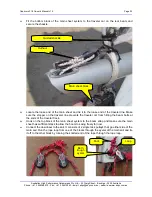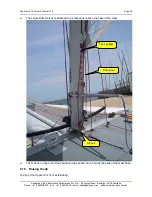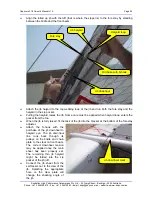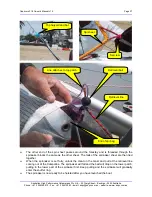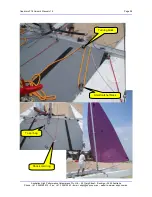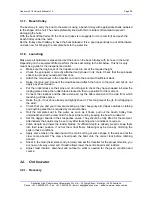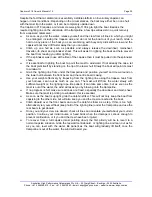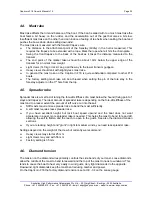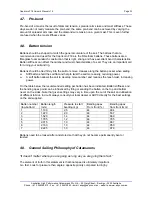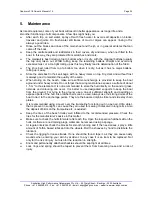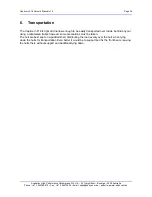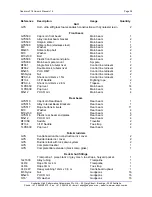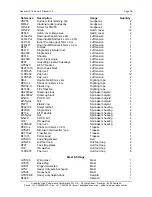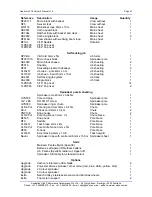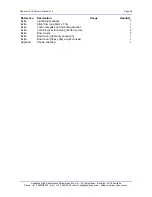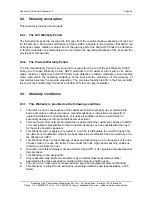
Capricorn F18 Owner’s Manual v1.2
Page 31
Australian High Performance Catamarans Pty. Ltd. – 50 Craig Street – Bendigo – 3550 Australia
Phone: +61 3 544369910 – Fax: +61 3 54412963 – email: [email protected] – website: wwww.ahpc.com.au
4. Tuning
To achieve good results in regattas or just for fast sailing, it is important to set up the boat for the
conditions of the day
The Capricorn is a very fast high performance F18 with impeccable handling qualities. When you
first sail one you are aware that every thing happens very quickly. This can also include getting into
trouble. As a result it is important that the set up of your boat is kept clean, simple and efficient.
Things that tangle or are difficult to adjust should be eliminated. Almost any system can be made
to work in light winds but if it doesn’t work in strong winds then you would be better not having it on
the boat.
The rig of the Capricorn is derived from latest A-Class developments and is quite different from
traditional F18 set-ups.
This shows especially with the adjustment of the mast rotation. In contrast to basically all other F18
boats, the mast rotation on the Capricorn is reduced with increasing wind speed
The main sail has a special cut. The panels have already a built in twist. Thus the sail opens nicely
even when sheeted relatively hard, which helps to maintain a flat and twisting sail in strong winds.
This means also that the sail must be sheeted very hard in light to medium conditions to
compensate for the built in twist and to close the upper part of the leech.
4.1. Platform
It is important to have
your Capricorn F18 as stiff as possible; ensure that the beam bolts have
been tightened properly with 20Nm each. The beams pads should be fully moulded around the
beam profile. If necessary reseating the beams will improve the overall stiffness of the platform.
Keep the tramp laced up tight as this makes it much easier to move about on the boat.
4.2. Rudder
alignment
The steering and feel of the Capricorn is very light when compared to most F18 catamarans.
Correctly aligning the rudders will have a marked effect on the feel and performance of the boat
The rudder alignment is checked by measuring the distance between the leading edges of the
rudders and then measure the distance between the trailing edge of the rudders.
The rudders need to set up so that they have 0 - 2mm of toe-in. The leading edges of the blades
are closer together than the trailing edges.
Adjust the length of the tiller crossbar if necessary.
4.3. Rig
tension
The rig tension is in general high to avoid the forestay sagging. The limit is passed if the mast no
longer rotates easily, in this case the tension should be slightly reduced.
♦
For light winds set the side stay tension at approximately 50kg
♦
In strong winds set the side stay tension at approximately 100kg


